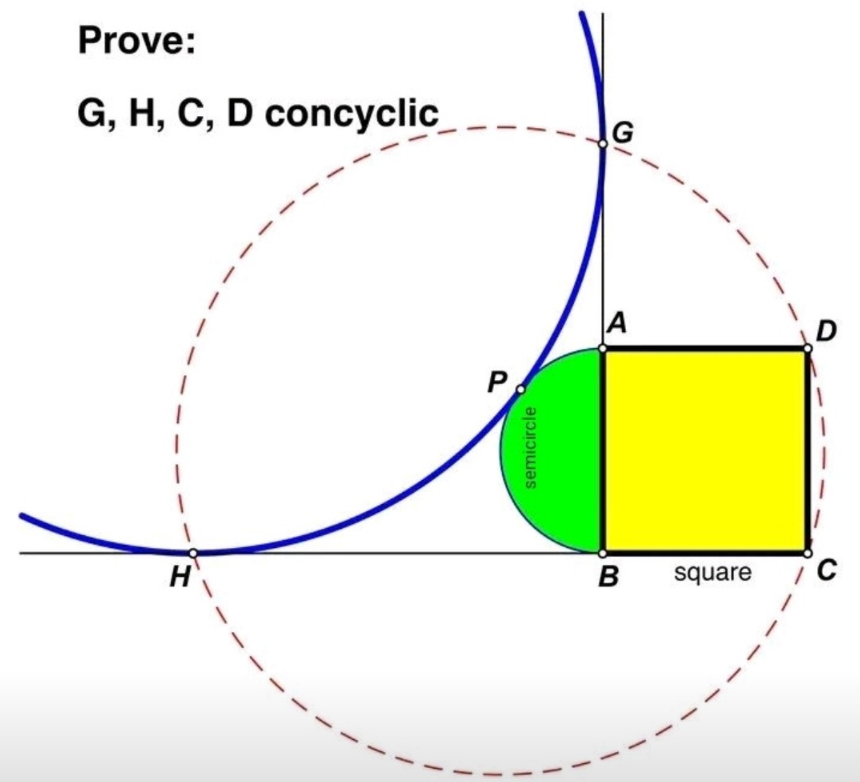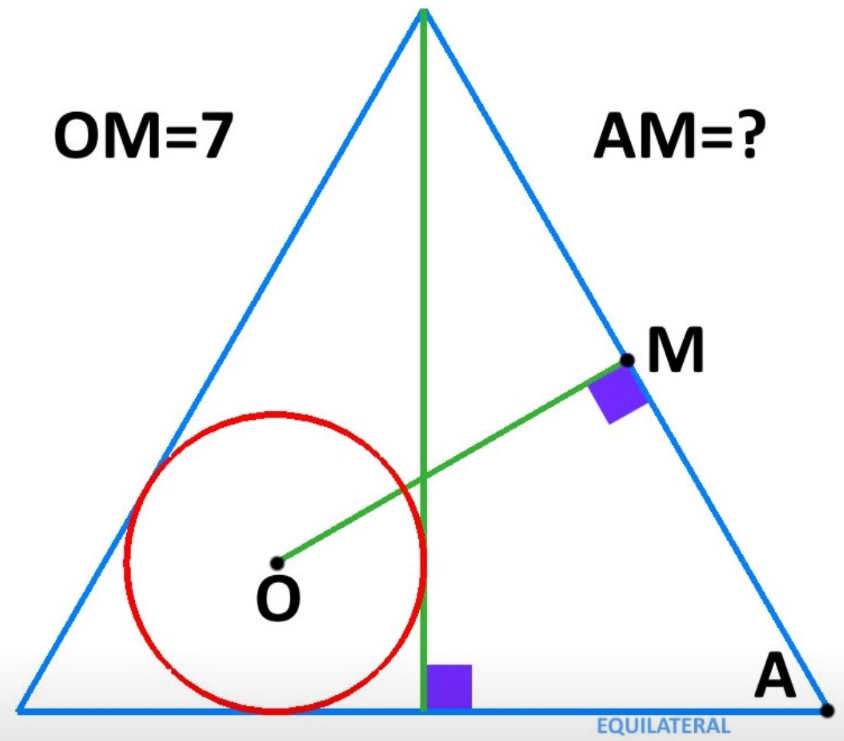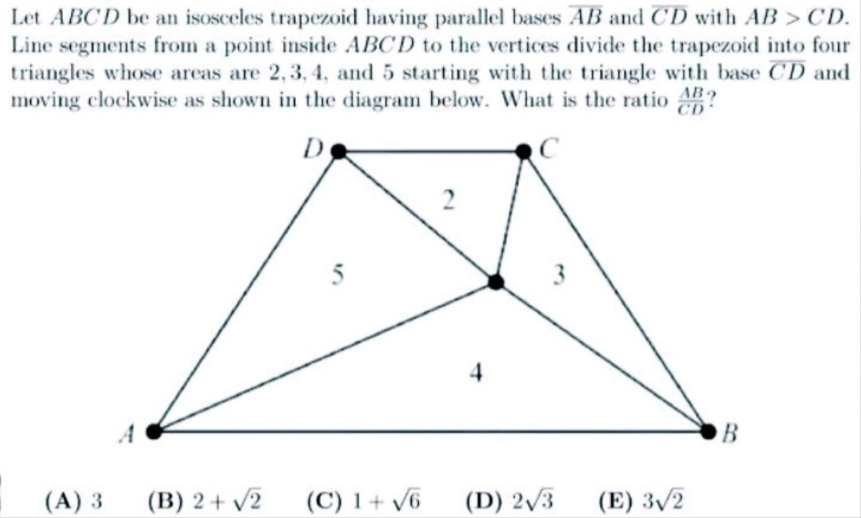
AllQuestion and Answers: Page 318
Question Number 189919 Answers: 1 Comments: 0
Question Number 189958 Answers: 0 Comments: 0
Question Number 189955 Answers: 1 Comments: 0

Question Number 189916 Answers: 2 Comments: 0
Question Number 189901 Answers: 2 Comments: 0

Question Number 189899 Answers: 1 Comments: 0

Question Number 189898 Answers: 1 Comments: 0

Question Number 189897 Answers: 1 Comments: 0

Question Number 189896 Answers: 1 Comments: 0

Question Number 189895 Answers: 1 Comments: 0

Question Number 189894 Answers: 1 Comments: 0

Question Number 189891 Answers: 2 Comments: 1

Question Number 189890 Answers: 0 Comments: 0

Question Number 189886 Answers: 0 Comments: 0
Question Number 189874 Answers: 2 Comments: 0
Question Number 189873 Answers: 1 Comments: 0
Question Number 189872 Answers: 1 Comments: 0
Question Number 189870 Answers: 1 Comments: 0
Question Number 189865 Answers: 0 Comments: 2
Question Number 189864 Answers: 1 Comments: 0

Question Number 189861 Answers: 1 Comments: 0

Question Number 189860 Answers: 0 Comments: 1

Question Number 189854 Answers: 0 Comments: 1
Question Number 189859 Answers: 0 Comments: 0

Question Number 189858 Answers: 1 Comments: 0

Question Number 189848 Answers: 0 Comments: 0

Pg 313 Pg 314 Pg 315 Pg 316 Pg 317 Pg 318 Pg 319 Pg 320 Pg 321 Pg 322
